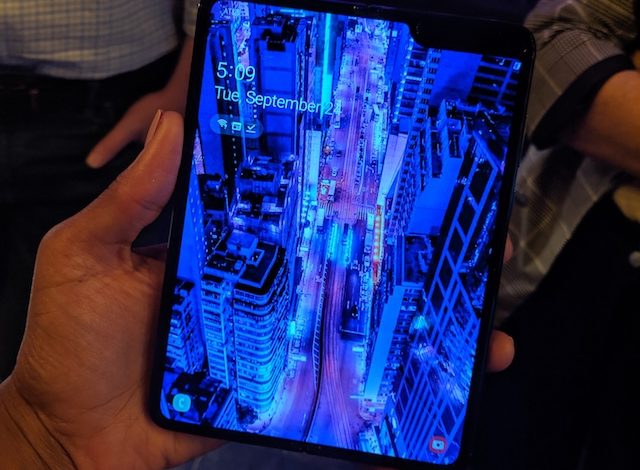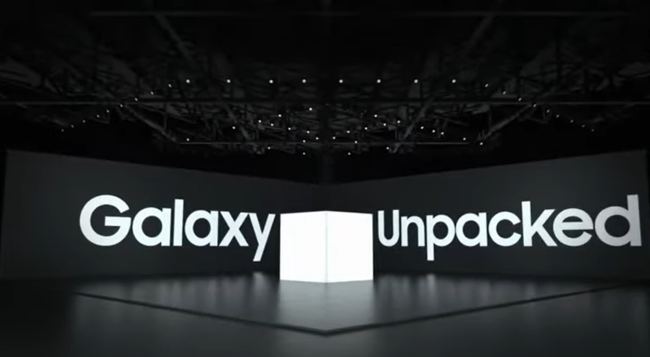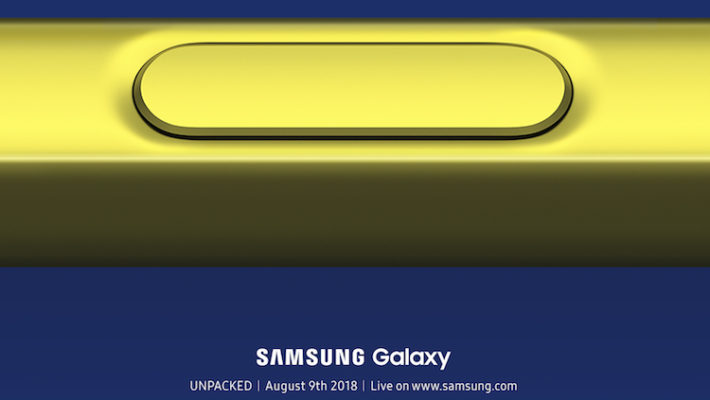Samsung Galaxy Fold is available in the U.S. as of September 27 after its initial launch for markets including South Korea, France, Germany, Singapore, and the U.K. earlier this month.
The device’s rollout continues with an announcement in India on Tuesday. The foldable will sell in this market for Rs. 1,64,999 ( about $2320), with preorders starting October 4 and shipping beginning October 20. Customers will be able to preorder online as well as in person, in locations, including the Samsung Opera House in Bengaluru.
Pre-registration for the Galaxy Fold is currently open for markets including Australia and the UAE; however, prices and official release dates for the device have not been announced for these locations.
My thoughts on the Galaxy Fold
Having had short chances to handle both the old and upgraded versions of the Samsung Galaxy Fold, I can definitely say it is a conversation starter and the star of any room.

The owner of this handset, Gizmodo’s Sam Rutherford noted that using the Galaxy Fold has diminished his need for a tablet, while still having access to a phone. The device is not exactly tablet-sized, but more e-reader-eque. As a major consumer of online media, I could easily see myself using the Galaxy Fold to binge-watch YouTube videos during long commutes. I could use the triple split-screen to peruse social media and take various notes.
At the same time, I have no issue with using the pop-out YouTube screen on my standard smartphone or the split-screen or to simply have YouTube playing in the background. The device is not an absolute necessity. It simply reorders the luxuries we already take for granted on our more commonplace pocket computers.
It is hard to gauge a sense of its overall impact, considering a lot of its luster has likely been lost in the six months that it was delayed. Many are enamored by the concept but intimidated by its price. Many tech enthusiasts may be willing to risk it just for bragging rights. If there is one thing that needs to be made strikingly clear is that what we are experiencing is only round one of Samsung’s foldable saga.
The Galaxy Fold launch feels very similar to the introduction of Samsung’s edge screen design in 2014. The Galaxy Note Edge was supposed to be the new form factor that completely revolutionized the mobile industry. Its curved display has made a wide impact on the smartphone market at large, with several manufacturers even collaborating with Samsung to outfit its own smartphones with dual-edge screens. However, today it is more of a take it or leave it design aspect, rather than an absolutely necessary functional feature.
Essentially being the preamble to the Galaxy Fold itself, perhaps the Edge walked so the Fold could run. Sometime in the future, another product can fly based on what Samsung has and will learn about its advancements. Currently, commentators are becoming more comfortable with admitting that the Galaxy Fold is still a lot more of a functional prototype than even Samsung may ever acknowledge. Not to say that the manufacturer should have never tried. The major lesson is that some technological advancements shouldn’t be rushed to market due to competition pressure or other unavoidable industry aspects.
What the experts are saying
Many of the reviewers that were singing the praises of the Galaxy Fold in April still hold the device in high regard. Understanding that it remains a unique and fragile product, many have found as many positive aspects to highlight as possible.
CNET’s Jessica Dolcourt noted the ease of using the Galaxy Fold as an actual second screen to a laptop. Meanwhile, Mr. Mobile, Michael Fisher jokingly pointed out that the Galaxy Fold can be perched into a standing position on a flat surface and serve as a tripod for taking selfies. Android Authority’s Eric Zeman enjoys the sheer size of the Galaxy Fold main screen.
Overall, the large screen on the Galaxy Fold remains its biggest selling point, with many describing its three-screen multitasking and app continuity as favorable features. While the device’s visible middle fold is still a slight point of contention for many, it has largely been relegated a necessary evil.
The device’s cover screen; however, has not been reviewed as favorably. Mashable’s Ray Wong noted that without a major use for the cover screen of the Galaxy Fold, the novelty of the two-in-one tablet-phone wore off quickly. SamMobile’s Danny D similarly noted that the front screen could potentially double as a viewfinder for subjects to get an idea of how an image might look before capture. CNET’s Andrew Hoyle detailed that typing with the front screen is challenging and its functions beyond a notifications screen or music player display are limited.
Appears about 99.99 percent fixed
Unfortunately, the updated Galaxy Fold isn’t without its casualties. TechCrunch’s Brian Heater discovered an ominous bubble on the main screen of his Galaxy Fold review model just one day after before the handset released to the public.

While this glitch was not as catastrophic as the original issues with the Galaxy Fold display, Heater did surrender his handset to Samsung for inspection. The issue did not hinder the device’s launch and there have been no further incidents reported of display issues with currently circulating Galaxy Fold handsets.
SquareTrade has also put the Galaxy Fold through its paces, developing its own FoldBot to test the viability of the foldable smartphone over what may be its typical lifespan. Samsung claims the Galaxy Fold should be fully functional for at least three years or 120,000 folds. SquareTrade’s folding robot is very similar to those that Samsung used to test the Galaxy Fold display.
The firm found that the Galaxy Fold had no damage after 10,000 folds. After 18,500 folds, a pixel blob formed, similar to the display blemish Brian Heater experienced. After 40,000 folds, which would equate to about one year of use, the touchscreen experienced some malfunction. However, the SquareTrade team said the Galaxy Fold resumed normal functionality after an overnight rest and recharge. Once at the 120,000 fold mark, the Galaxy Fold began to experience some deterioration of its hinge, which allows the handset to fold. At this point, the pixel blob persisted, but overall the Galaxy Fold still functions as it should.
The firm also performed six-foot drop tests on the Galaxy Fold, of which it did not survive. Whether released from its main and cover screens, the Galaxy Fold was rendered completely nonfunctional with massive damage that is likely irreparable. Overall, the consensus is the Galaxy Fold is not the device to accidentally drop.
Samsung has gone out of its way to make it clear to the public that the Galaxy Fold needs to be handled with extreme care. Noting its limitations, the manufacturer is also offering owners one screen replacement at a $149 within the first year of purchase, if the handset is purchased by before December 31, 2019. This offer is currently apart of the Galaxy Fold Premiere Service, which consumers can opt into when they buy the device. Those who buy the device after the designated date will have to pay full price of its screen repair.




